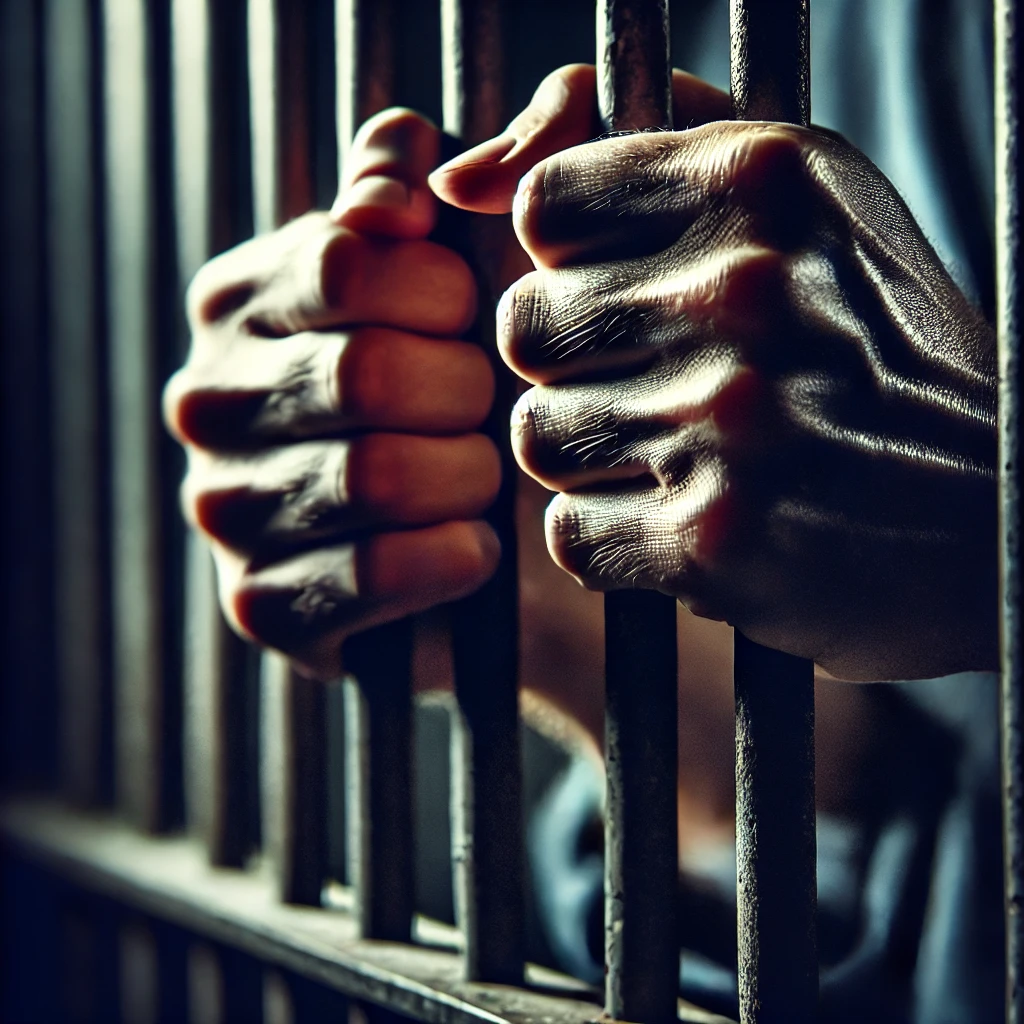Please Save Lives
The Hidden Truth About Suboxone
Every eleven minutes, another American dies from opiate abuse while drug companies profit from “treatments” like Suboxone that perpetuate addiction.
Rehabilitation programs have been under-funded as drug companies push to replace abstinence-based rehabilitation with an alternative addictive opiate called Suboxone. In a country where Americans already consume 80% of the world’s opiates, Suboxone is now administered in all public facilities, including rehab programs, detoxes, jails and prisons. Many recipients are unaware that it won’t help them get off opiates and causes serious physical damage to the liver, lungs, and teeth.
Prisoners and patients are given Suboxone, a low-grade opiate that research has shown leads to stronger opiates and heroin. This is especially tragic since jails and rehabs have traditionally been places where people were able to successfully quit using drugs.

In 2020, Congress directed prisons to give Suboxone to prisoners who requested it. This mandate came despite prisons being known for notoriously inadequate drug rehabilitation programs, with most prison recovery programs being little more than a façade. Prisoner’s are released addicted to a drug known to lead to stronger opiates.
While Suboxone can be beneficial as a maintenance drug like methadone for those who don’t want to get off drugs, there’s a crucial distinction. The difference is methadone is distributed carefully in clinics to prevent it from getting to the public, because of its dangers, while Suboxone is so easily accessible by prescription that it has become a common street drug referred to as subs or baby heroin.

Drug companies spend billions lobbying government officials to convince them that re-addicting people to a maintenance opiate (without disclosing its dangers) is a better solution than focusing on rehabilitation that’s used successfully in all other countries. They’ve managed to secure this influence despite their own research finding that Suboxone “perpetuated opiate addiction and the majority of users relapsed and went on to stronger opiates within a few months,” even as they spend billions marketing it as an “effective treatment.”

A Tragic Warning Ignored
“Suboxone is the worst drug ever and should never be taken for more than three days.” – Matthew Perry’s final warning in his memoir
Matthew Perry was on Suboxone when he died. Initially told he was “in recovery” while taking this “medication,” he later exposed the truth. His tragic death occurred while on Suboxone after combining it with ketamine – a normally safe drug rarely fatal unless combined with opiates like Suboxone.

Man Behind Perpetuating Opioid Epidemic
Richard Sackler, the architect of America’s opioid epidemic, created the crisis by deceptively marketing OxyContin as “safe and non-addictive.” After being charged in connection with hundreds of thousands of deaths, Sackler arranged for a judge to give him a sweetheart deal – a fine less than 1% of OxyContin profits and complete immunity from victim lawsuits. The judge, Robert Drain, quit the bench immediately after Sackler’s case to take a lucrative position with a Sackler-affiliated company.
Responding to public outrage, the Supreme Court vacated this absurd ruling and is currently reviewing the case. Meanwhile, court documents revealed internal memos celebrating Suboxone’s high failure rate as a source of “repeat customers.” Despite this, Sackler is marketing Suboxone even more aggressively than OxyContin, this time with taxpayers funding the distribution.
The Solution
The path forward is clear: give drug users a choice between 30 to 90 days in a residential rehabilitation program or 30 to 90 days in jail, followed by 12 to 18 months of random drug testing and supervised recovery. This approach, successfully used in other countries, helps people truly recover instead of replacing one addiction with another.
Programs can work – comprehensive rehabilitation facilities that track their graduates for five years show success rates above 75%. The problem isn’t that we don’t know how to help people – it’s that we’re letting drug companies dictate our response to this crisis.
The United States stands virtually alone with its opiate epidemic and is the only country spending billions of dollars promoting an opiate like Suboxone to individuals trying to stay off drugs. Making matters worse, billions of dollars in taxpayer money earmarked for rehabilitation are diverted to Harm Reduction Organizations that are known as drug company front groups. The primary function of these organizations is to market Suboxone.

Every fact and statistic presented here is thoroughly documented and verified. Our claims are backed by court documents, research studies, and extensive investigation. View our complete reference documentation for detailed sources and supporting materials.
The International Contrast
| Country/Region | Approach | Results |
|---|---|---|
| United States | Suboxone-focused, minimal rehabilitation | Escalating crisis, hundreds dying daily |
| Europe | Rehabilitation-focused, comprehensive support | Stable rates since 2000 |
| China | Focus on rehabilitation and support | Minimal addiction issues |
| Holland | Comprehensive treatment model | Declining addiction rates |
of world’s opiates used by Americans
Suboxone users relapse within months
Americans dead from opiate use
Sackler’s Second Deception
- OxyContin Launch: Marketed as “safe and non-addictive”
- Crisis Emerges: Hundreds of thousands die while sales are “turbo-charged”
- Legal Developments: Limited consequences despite widespread impact
- Suboxone Launch: Marketed as “addiction treatment”
- Current Crisis: Hundreds die daily while taxpayers fund distribution
Treatment System Crisis
The Stark Contrast:
| Real Rehabilitation | Suboxone “Treatment” |
|---|---|
| 75%+ success rate with long-term programs | 75%+ failure rate within months |
| Addresses root causes | Masks symptoms with new addiction |
| Comprehensive recovery support | Often just prescription without support |
Following the Money
The Settlement Fund Cycle
- Billions in settlement funds from OxyContin lawsuits
- Large portions redirected to “Harm Reduction Organizations”
- In 2023, California awarded $1 billion to these organizations
- Money often used to promote Suboxone rather than fund rehabilitation
Regulatory System Failures
The FDA’s Role
The FDA, theoretically a watchdog group, is primarily bankrolled by drug companies. This creates concerning conflicts of interest:
- Agency consultants often work simultaneously for drug companies
- Approval processes influenced by industry connections
- $7 billion spent in 2021 advertising drugs to consumers
A Parent’s Struggle
A mother who has spent years investigating the opiate crisis shares her family’s story anonymously, fearing retaliation from powerful interests. After months of searching for an opening in a public treatment program, her son was forced to attempt withdrawal at home. He suffered a severe stroke during the process, highlighting the desperate need for proper medical support during withdrawal.
When finally admitted to a program and drug free, he was immediately encouraged to take Suboxone, described only as “medication to help with cravings.” No one disclosed it was an addictive opiate that could perpetuate the cycle of dependency.
Take Action Now
The solution isn’t complicated – it just isn’t profitable for the wrong people. We know what works. We’ve seen it work in other countries. It’s time to choose between profit and lives.
Learn How You Can HelpInterested in the sources behind this information? Explore our detailed Reference Documentation page, featuring verified articles and supporting materials.